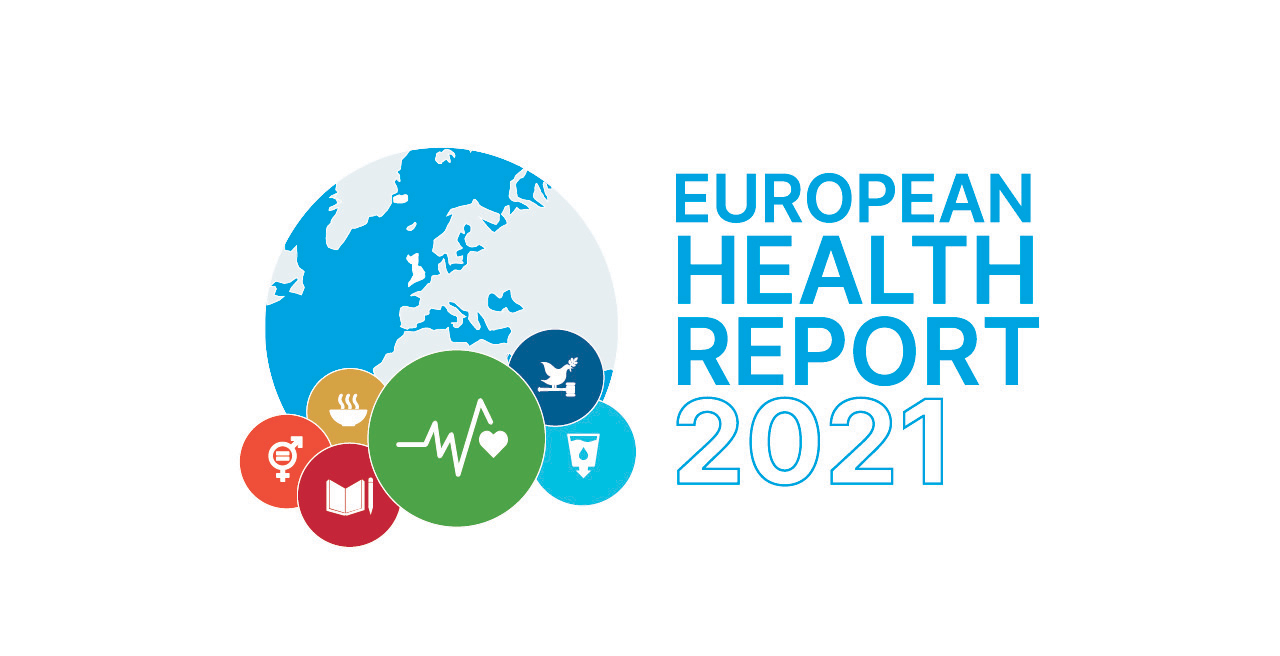Who is most at risk?
Globally, 2.4 million babies died in the first month of life in 2019. Approximately 6700 newborn deaths occur every day, amounting to 47% of all child deaths under the age of 5 years, up from 40% in 1990.
The world has made substantial progress in child survival since 1990. Globally, the number of neonatal deaths declined from 5.0 million in 1990 to 2.4 million in 2019. However, the decline in neonatal mortality from 1990 to 2019 has been slower than that of post-neonatal under-5 mortality.
In the WHO European Region, the situation is diverse. In the western and central parts, 54% of all under-5 deaths occur during the neonatal period. In central Asian countries, an average of 24 deaths are reported per 1000 live births.
Causes
The majority of all neonatal deaths (75%) occur during the first week of life, and about 1 million newborns die within the first 24 hours. Preterm birth, intrapartum-related complications (birth asphyxia or lack of breathing at birth), infections and birth defects caused most neonatal deaths in 2017.
From the end of the neonatal period and through the first 5 years of life, the main causes of death are pneumonia, diarrhoea, birth defects and malaria. Malnutrition is the underlying contributing factor, making children more vulnerable to severe diseases.
Priority strategies
The vast majority of newborn deaths take place in low- and middle-income countries. It is possible to improve survival rates and the health of newborns, and to end preventable stillbirths, by reaching high coverage of quality antenatal care, skilled care at birth, postnatal care for mother and baby, and care of small and sick newborns.
In settings with well-functioning midwife programmes, the provision of midwife-led continuity of care can reduce preterm births by up to 24%. This is a model of care in which a midwife or a team of midwives provides care to the same woman throughout pregnancy, childbirth and the postnatal period, calling upon medical support if necessary.
With the increase in facility births (almost 80% globally), there is great opportunity for providing essential newborn care and identifying and managing high-risk newborns.
However, few women and newborns stay in the facility for the recommended 24 hours after birth, which is the most critical time when complications can arise. Too many newborns die at home because of early discharge from the hospital, barriers to access and delays in seeking care.
The 4 recommended postnatal care contacts (on the first day, the third day, between the seventh and fourteenth day, and again at 6 weeks) delivered at health facilities or through home visits play a key role in reaching these newborns and their families.
Accelerating progress on neonatal survival and infant health and well-being requires strengthening quality of care as well as ensuring availability of quality health services for small and sick newborns.
Essential newborn care
All babies should receive the following care:
- thermal protection (for example, skin-to-skin contact between mother and infant);
- hygienic umbilical cord and skin care;
- early and exclusive breastfeeding;
- assessment for signs of serious health problems or need for additional care (for example, low birth weight, sickness or an HIV-infected mother); and
- preventive treatment (for example, bacille Calmette-Guérin and hepatitis B vaccination, vitamin K, and ocular prophylaxis).
Families should be advised to:
- seek prompt medical care if necessary (danger signs in the infant include feeding problems, reduced activity, difficult breathing, fever, fits or convulsions, and cold skin);
- register the birth; and
- bring the baby for timely vaccination according to the national schedules.
Some newborns require additional attention and care during hospitalization and at home to minimize their health risks.
Low-birth-weight and preterm babies
If a low-birth-weight newborn is identified at home, the family should be helped to locate a hospital or facility in which to care for the baby. Such care includes:
- increased attention to keeping the newborn warm, including skin-to-skin care unless there are medically justifiable reasons for delayed contact with the mother;
- assistance with the initiation of breastfeeding, such as helping the mother express breast milk for feeding the baby from a cup or other means if necessary;
- extra attention to hygiene, especially hand-washing;
- extra attention to danger signs and the need for care; and
- additional support for breastfeeding and monitoring growth.
Sick newborns
Danger signs should be identified as soon as possible in a health facility or at home, and the baby should be referred to the appropriate service for further diagnosis and care. If a sick newborn is identified at home, the family should be helped to locate a hospital or facility in which to care for the baby.
Preterm birth
A preterm birth is defined as a baby born alive before 37 weeks of pregnancy are completed. Subcategories of preterm birth are based on gestational age:
- extremely preterm (less than 28 weeks)
- very preterm (28 to 32 weeks)
- moderate to late preterm (32 to 37 weeks).
Induction or caesarean birth should not be planned before 39 completed weeks unless medically indicated.
The problem
An estimated 15 million babies are born too early every year. That is more than 1 in 10 babies. Approximately 1 million children die each year due to complications of preterm birth. Many survivors face a lifetime of disability, including learning disabilities and visual and hearing problems.
Globally, prematurity is the leading cause of death in children under the age of 5. In almost all countries with reliable data, preterm birth rates are increasing.
Inequalities in survival rates around the world are stark. In low-income settings, half of the babies born at or below 32 weeks (2 months early) die due to a lack of feasible, cost-effective care, such as warmth, breastfeeding support, and basic care for infections and breathing difficulties.
In high-income countries, almost all of these babies survive. Suboptimal use of technology in middle-income settings is causing an increased burden of disability among preterm babies who survive the neonatal period.
The solution
More than three quarters of premature babies can be saved with feasible, cost-effective care, such as:
- essential care during childbirth and in the postnatal period for every mother and baby;
- provision of antenatal steroid injections (given to pregnant women at risk of preterm labour and under set criteria to strengthen the babies’ lungs);
- kangaroo mother care (where the baby is carried by the mother with skin-to-skin contact and frequent breastfeeding); and
- antibiotics to treat newborn infections.
Continuity of midwifery-led care in settings with effective midwifery services has been shown to reduce the risk of prematurity by around 24%.
Preventing deaths and complications from preterm birth starts with a healthy pregnancy. Quality care before, during and between pregnancies can ensure that all women have a positive pregnancy experience.
WHO’s antenatal care guidelines include the following key interventions to help prevent preterm birth:
- counselling on healthy diet, optimal nutrition, and tobacco and substance use;
- fetal measurements, including the use of ultrasound to help determine gestational age and detect multiple pregnancies; and
- a minimum of 8 contacts with health professionals throughout pregnancy to identify and manage other risk factors, such as infections.
Better access to contraceptives and increased empowerment could also help reduce preterm births.
Why does preterm birth happen?
Preterm birth occurs for a variety of reasons. Most preterm births happen spontaneously, but some are due to early induction of labour or caesarean birth for medical or non-medical reasons.
Common causes of preterm birth include multiple pregnancies, infections, and chronic conditions such as diabetes and high blood pressure. However, often no cause is identified. There could also be a genetic influence. Better understanding of the causes and mechanisms will advance the development of solutions to prevent preterm birth.
Newborn health and the European Programme of Work 2020–2025 (EPW)
Improving newborn health is one of WHO’s key priorities, and part of the third core priority of WHO/Europe’s EPW.
People place great value on living in safe and supportive communities where they can lead healthy lives. This means ensuring that all patients – including mothers and newborns – receive the highest and safest quality of care.
WHO/Europe contributes to the promotion of newborn health by increasing research evidence, providing evidence-based clinical and programmatic guidance, setting global standards, and providing technical support to Member States on developing and implementing effective policies and programmes.




